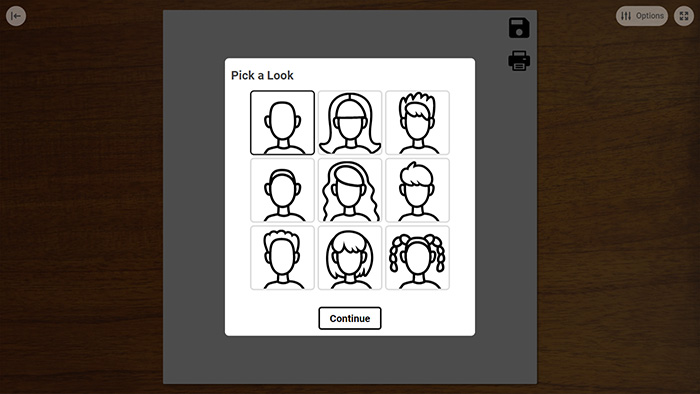Before a person can learn to manage their emotions, they must learn to identify them. Like most skills, identifying emotions can be learned, practiced, and improved.
For children, identifying emotions as they're occurring is an especially tall challenge. Even adults, with a lifetime of experience, are often caught off guard by their feelings. One technique that anyone can use to better spot emotions is to learn about the clues their body gives.
Many emotion clues come in the form of physical sensations. For example, a person who is angry might turn red and feel hot in the face. As their anger progresses, they may clench their fists and begin to tremble.
In the Where I Feel interactive activity, your clients will draw where they feel various emotions throughout their body. This creates a great opportunity to help your clients explore and identify their personal emotion clues. When done, the drawing can be printed or saved as a graphic.
Suggested UsesTeach emotion words & symptoms: Help children name and identify basic emotions and where they exist within their bodies. What does it feel like to be happy? Sad? Worried? Try discussing specific examples the child has experienced.
Session check-in: When used as a check-in, ask clients to draw where they have felt emotions during the past week, or at that very moment in session.
Exploration: After a sharing a story, this activity may be used to look for emotional clues. What sensations might your client notice next time they're in a similar situation, and what might these clues tell them about their emotional state?



